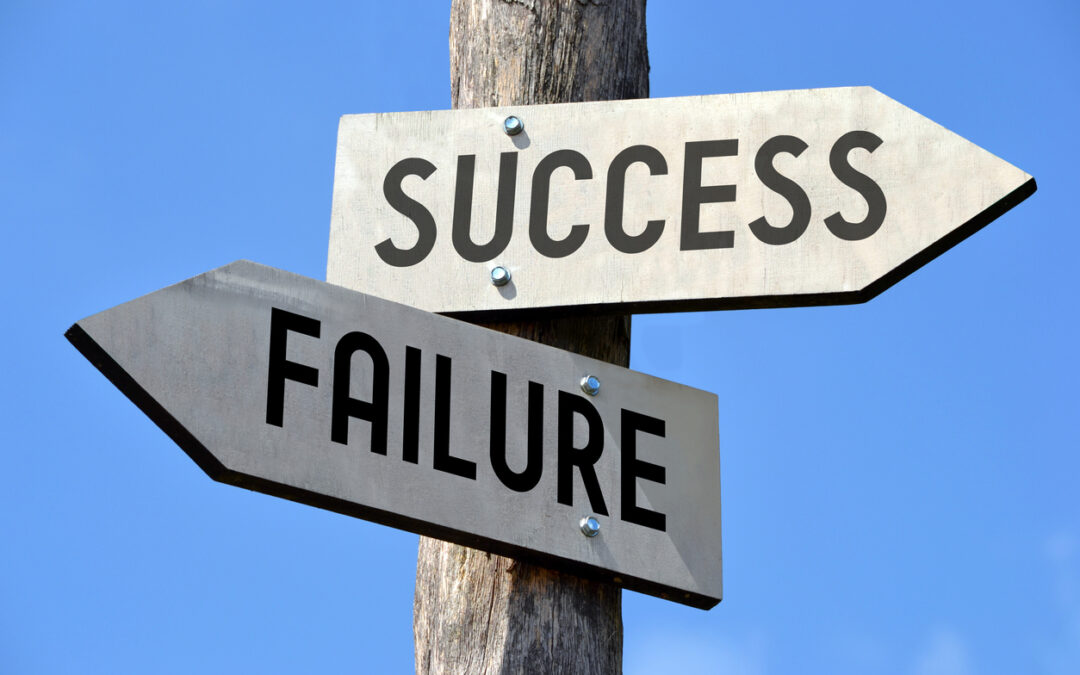The myth of overnight success masks a sobering truth: up to 90% of startups fail. Only about one in ten entrepreneurs reaches the finish line—and even fewer thrive long-term. Let’s explore why so many stumble, and what separates the survivors. Plus, I.E.T.’s expertise can turn those weak spots into strengths.
1. The Stark Numbers
Global estimates show that as many as 90% of startups eventually fail, a figure that has held steady through 2025 (Failory, Founders Factory).
Here’s how the numbers break down:
- 10% fail in their first year
- 70% collapsed by their fifth anniversary
- Only 10–20% succeed long-term (DemandSage)
- First-time founders succeed just 18% of the time
- Repeat entrepreneurs perform somewhat better
2. Why Startups Fail: The Main Culprits
Research from CB Insights and other startup platforms highlights the top reasons for failure:
- No Market Need (42%) – Products are built that no one truly wants or needs (CB Insights).
- Ran Out of Cash (29%) – Companies run out of funding before reaching profitability (CB Insights).
- Team Issues (23%) – Poor founder fit or lack of critical skills stalls progress (Founders Factory).
- Outcompeted (19%) – Better-funded or more agile rivals quickly overtake weaker startups (CB Insights).
- Pricing/Cost Model Problems (18%) – Misaligned pricing or high costs undermine sustainability (Failory).
Other contributing factors include poor timing, burnout, and structural mismanagement—but these top five account for most failures.
3. What the 10% Who Survive Get Right
Successful startups don’t avoid failure entirely—they prepare for it. The difference is in how they adapt:
- Validate With MVPs and Customer Feedback
Rather than spending years and millions building a perfect product, successful founders launch a minimum viable product (MVP). This is a simplified version that tests the idea with real users. By gathering feedback early, they avoid wasting resources on features nobody wants and can fine-tune their offering to meet actual demand (Failory).
- Iterate Through Customer Development
Startups that thrive don’t assume they already know their customers. They actively test their assumptions, talk to users, and remain willing to pivot based on data. This constant cycle of learning and adjusting—known as customer development—keeps them aligned with what the market truly values, even if it means changing direction.
- Manage Cash With Discipline
Many startups fail simply because they run out of money before achieving profitability. The survivors treat cash like oxygen: they monitor burn rate, maintain a financial cushion, and tie spending to measurable growth milestones. They also avoid scaling too fast, ensuring every round of funding stretches far enough to support real traction.
- Build the Right Team
Even the best ideas collapse without the right people to execute them. Winning startups prioritize building teams with complementary technical, operational, and strategic skills. They also invest in strong leadership and culture, where goals are shared, communication is clear, and decision-making is effective. This prevents misalignment and infighting that derail so many ventures.
- Stay Agile Against Competition
No matter how unique an idea seems, competitors will appear. The startups that survive don’t get stuck in rigid strategies. They pivot quickly when needed, continuously innovate to stay ahead, and focus on differentiation rather than racing to the bottom on price. Agility—combined with a clear value proposition—is what keeps them in the game when rivals crowd the space.
4. Bridging the Gap Between the 90% and the 10%
If your startup—or client—is showing the early warning signs of these pitfalls, I.E.T. can step in to guide it toward the 10% that succeed:
- Financial Navigation and Planning – Detailed cash flow analysis and runway modeling to keep businesses solvent.
- Team & Leadership Optimization – Coaching and workflow restructuring to improve decision-making and accountability.
- Competitive Strategy Support – Instead of complex market modeling, I.E.T. helps owners step back and see how their company is positioned compared to competitors. Many businesses are too close to their own day-to-day to notice weak spots in service, leadership, or organization that make them less competitive. We give the outside perspective and practical coaching needed to strengthen those areas.
- Sustainable Growth Guidance – Rather than rigid growth plans, I.E.T. shows businesses how to grow at a pace they can sustain. That means training leaders, organizing teams, and putting in place workable policies so expansion doesn’t cause chaos or burnout. In other words, growth without breaking the business.
5. Final Thoughts: Turning Risk into Opportunity
The odds may seem daunting—90% fail—but the 10% who succeed do so not because they got lucky, but because they prepared for failure. They tested, learned, adapted, and built strong foundations.
That’s I.E.T.’s mission: turning vulnerabilities into competitive advantage.
Ready to move your business into the 10% that succeeds? Don’t leave your future to chance—partner with International Executive Technology. Our proven methods help you identify weaknesses, build strong systems, and create the foundation for sustainable growth. Contact us today to schedule your complimentary business analysis and take the first step toward long-term success.

